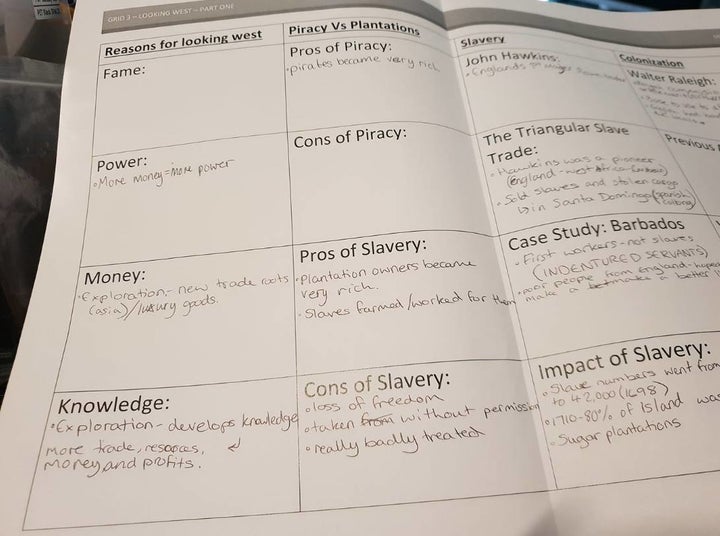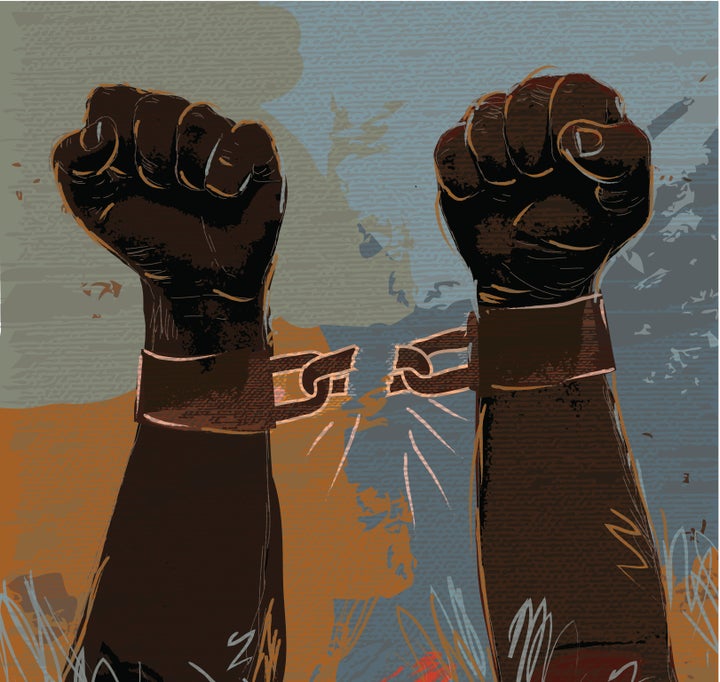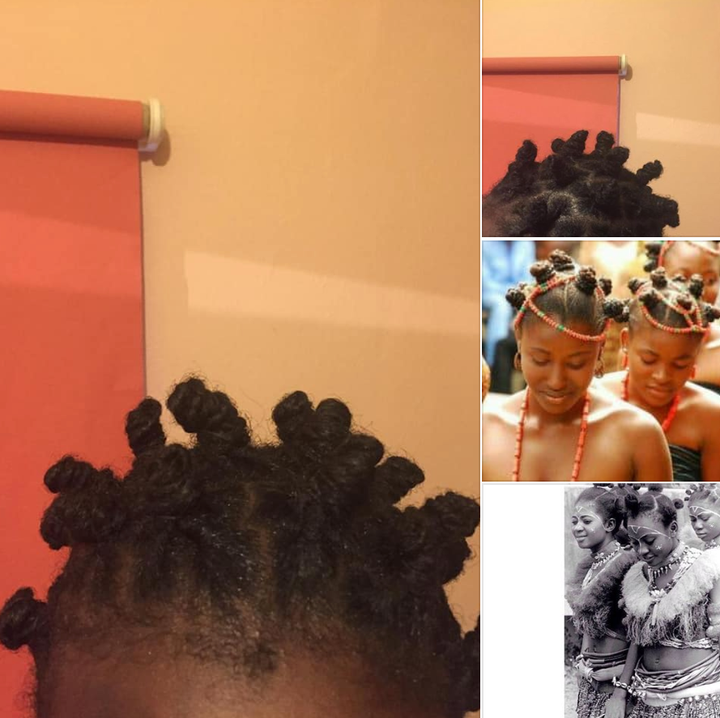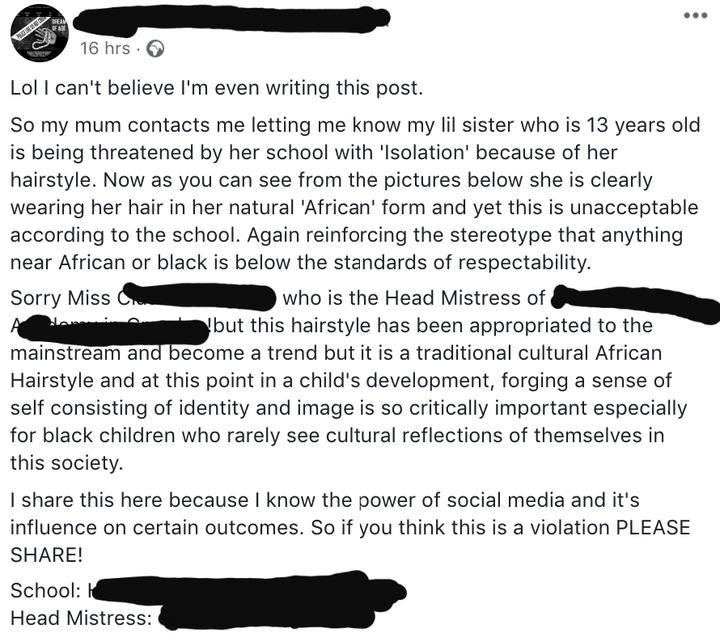
From homework asking students to list the benefits of slavery, to black students being suspended from school for wearing dreadlocks, 2018 saw a slew of headlines exposing apparent racial bias across schools in the UK.
These startling reports, combined with statistics suggesting racial disparity from the media to the boardroom, leave campaigners convinced that individual incidents are symptomatic of deeply ingrained inequalities across the establishment.
In other words, diversity and inclusion have a long way to go, especially in our education system.
New research suggests that teachers in London are biased against white working class and black Caribbean boys, resulting in education think tank LKMco calling for urgent steps to be taken to tackle the impact of social inequality on the two groups’ academic achievements.
The ‘Boys on Track’ study found that unconscious prejudices affect the way they are disciplined at school, how their work is assessed, and the academic ability set that they are put in.
The bias was echoed in a GCSE sociology book, officially approved by the AQA exam board, which came under fire for ‘offensive’ statements about Caribbean families including the claims that Caribbean men are “largely absent” and working class students lack the appropriate attitudes to succeed academically.
On 8 October, a day after HuffPost UK revealed this, the exam board announced the discontinuation of sales pending further investigation into the matter.
The description in the book, published in AQA GCSE (9-1) Sociology by Rosie Owens and Ian Woodfield, reinforced negative stereotypes. Campaigners expressed anger and disappointment at the text, referring to it as “divisive” and “racist” without being supported by statistics and demonstrable research.
The text also contained offensive statements about African and Chinese families, as well as the working class, we found.

In November, a secondary school that asked pupils to list the “pros and cons” of slavery for homework was slammed by parents who described it as “racist, inappropriate and offensive”.
The exercise was given to Year 11 GCSE pupils, aged between 15 and 16, by a history teacher at the Hazeley Academy in Milton Keynes, and was derived from an AQA teacher’s guide on “Britain: migration, empires and people” study topic.
In the module, students are asked to examine the reasons why the British Empire pursued the transatlantic slave trade instead of piracy, with the stated aim to show how “plantations proved to be more profitable than piracy”.
In a homework assignment for the course seen by HuffPost UK, a teacher at Hazeley Academy asked students to list the “pros” and “cons” of slavery in a table.
Sabrina Aries, the mother of a student who complained that the exercise was inappropriate, said she swiftly raised the issue with the headteacher, both via email and in person.
After her complaint on 10 September, she received a response apologising “for any upset caused by the homework.”
But speaking to HuffPost, the 38-year-old said students are yet to be addressed about the homework, or why the exercise was problematic. This has since been her main concern about the incident.
“The response from the school was that they’re sorry, there hadn’t been an intention to offend anybody and the teachers were going to have a conversation with the students in class about why the wording was incorrect and why it needed to be addressed,” she said.
This isn’t the first time the AQA course has come under scrutiny. In an article for The Independent published in 2017, history teacher Hasnet Lais criticised the “whitewashing of the UK curriculum”, referring to the same batch of AQA resources and the “Work for the Migration” module.

In 2015 poll of 450 BAME teachers, 62% stated they did not believe that schools treated BAME pupils fairly.
‘Barriers report: The impact of racism on BME teachers’, conducted by Runnymede Trust and commissioned by the National Education Union, also found that incidents of racism in some schools were being dealt with as ‘behavioural’ issues.
One teacher said “incidents with students are recorded, but staff have no idea of situations or how to deal with race.”
In November 2018, a 15-year-old student at St Michael’s Catholic College in Southwark was allegedly suspended for putting up a poster questioning the importance of Remembrance Day, in comparison to of the school’s perceived lack of regard for Black History month, on the school premises.
“37 million people died during WW1, but 60 million people died during slavery. Why should I care about Remembrance, when they can’t show any respect for us during Black history month?,” it read.
The student’s mother Cherie Johnson, speaking to Simon Woolley of political organisation Operation Black Vote, claimed that staff labelled her daughter a racist and threatened to expel her permanently if the family went to the media with what transpired. The matter has not been reported by any UK media before now.
“What do I do?,” the mother lamented.
Expressing concern that the suspension would have a detrimental impact upon upcoming GCSE mock preparation, Johnson disputed the school’s claim that the material was racist.
“My child is at a critical age, exams around the corner, and now this,” she said. “The school called me up and said that my daughter was sending racist material around the school but this is not racist. It’s just a reflection of what some young people feel. It’s challenging but how is this racist?”
Three accusations were levelled at the student, according to OBV: vandalising school property, distributing material with inappropriate and offensive language and behaviour contrary to the ethos of the college.
Since then, it is understood by HuffPost UK that the student has been reinstated after allegedly being taught in a Pupil Referral Unit for two weeks.
The college has not responded to multiple attempts to obtain comment between 15 November and 19 December.
Its local authority, Southwark council, declined to provide a statement as they “do not see any merit in addressing the matter”.
In the Runnymede School Report Race, Education and Inequality in Contemporary Britain (2015), Uvanney Maylor of the University of Bedfordshire described the “negative/racist positioning of African-Caribbean students in the classroom”.
“Teacher education, preoccupied with enabling student teachers to acquire professional competence and achieve qualified teacher status (QTS), negates the education of Black students per se and does not acknowledge Black students as an ethnically diverse group with differential attainment with high and low attainment evident amongst Black African and African-Caribbean students.
“Also absent from the education of student teachers is an acute awareness of the diverse range of ethnic, cultural and linguistic backgrounds of pupils (including Black students) in English schools,” she wrote.
According to the Race Disparity Audit (2017), Black Caribbean pupils were around three times as likely to be permanently excluded than White British pupils (0.29% compared with 0.10%) and around twice as likely to receive a fixed period exclusion (10.1% compared with 5.2%) than White British pupils.
“Absent from the education of student teachers is an acute awareness of the diverse range of ethnic, cultural and linguistic backgrounds of pupils (including Black students) in English schools."”
In September 2017, 12-year-old Chikayzea Flanders, now 13, was excluded from secondary school for wearing dreadlocks - a hairstyle common among people of African-Caribbean descent and an observance of the Rastafarian faith.
The family, who are of Caribbean descent, were advised to cut the dreadlocks off, as it “violated the school’s appearance policy”.
The boy’s mother, Tuesday Flanders took Fulham Boys School to court after her son was told he would be suspended unless complied.
This September, she won a legal battle against the school and its decision was overturned - though her son had long settled in a new school by then.
“I’m a bit overwhelmed at the moment, it was a hard fight but it’s good that we got the outcome we wanted,” Flanders told HuffPost UK.
“This wasn’t about winning or taking the school to court.
“It was about my son and other young boys or girls, who have been or will be persecuted because of their hair or the colour of their skin.”
Two British academics, Dr Remi Joseph-Salisbury and Dr Laura Connolly, recently argued that schools that ban dreadlocks and braiding hairstyles are using slave-era techniques to “maintain white supremacy”.
The research paper claims that attempts to police black hair have colonial origins whereby “slave masters shaved enslaved people’s hair and jealous white women cut the hair of black enslaved women”.
The Fulham Boys case echoes the 2011 high court battle in which Gregory’s Catholic Science College in north-London was ruled against, after refusing entry to an 11-year-old black boy - known as ‘G’ - on his first day of school for wearing cornrows.
The secondary school argued that the hairstyle did not comply with the strict uniform policy, also suggesting that the braids would encourage “gang culture”.

Campaigners felt as though the above instances were examples of racism and bias within UK schools.
Vini Lander of Edge Hill University has argued that there is a resurgence of racism in schools and it may well be linked to teachers’ lack of education and understanding about race and ethnicity.
“The erasure of race from the initial teacher training standards and the diminution of university-based teacher education in tandem with a colourblind stance has served to compound teachers’ ignorance about racism, how it operates and how policy and practice serve to embed the dominant discourse leaving BME pupils the victims of racism in their everyday school lives,” he has written.
“Reinforcing the stereotype that anything near African or black is below the standards of acceptability."”
In December, a Surrey-based academy allegedly threatened to internally exclude one of its pupils for wearing a hairstyle called ‘bantu knots’, otherwise known as ‘chiney bumps’.
Again, this hairstyle is a traditional African hairstyle that can be traced back to the 1800s. It’s a popular choice for black women across different cultures.
The student’s older brother made a Facebook post, now deleted, outlining the school’s actions. Accompanied by a photograph of his sister’s hairstyle, he wrote: “Now as you can see from the pictures below she is clearly wearing her hair in natural ‘African’ form and yet this is unacceptable according to her school.
“Again reinforcing the stereotype that anything near African or black is below the standards of acceptability.”
The school’s uniform stipulated that hair must be “smart”, “sensible” with “extreme” styles being disallowed.

Within hours, he said the headteacher swiftly apologised to the student and her mother during a meeting.
Speaking to HuffPost UK, the student’s brother said “my mother managed to have a meeting today with the headmistress and an apology was made and threat of isolation removed.
“Although I am not completely happy with the apology, as it seemed it was more for damage control and public perception, I will however not take this forward if the promises are kept. I think for now it would be best to (...) to allow my sister to continue as she is.”
Multiple efforts to contact the academy involved between have not been answered.
These cases fuel ongoing concern held by many about the policing of black hair, both in the education system and beyond. Through the implication that black hairstyles are ‘undisciplined’ or illegitimate, school policies feed into a broader narrative that black people themselves lack discipline and ought to be subjected to baseless scrutiny.
A Runnymede Trust report from 2015 entitled ‘Race, Education and Inequality in Contemporary Britain’ found that five out of every six students, white and BAME, have heard racist comments or seen racist behaviour in school.
In October, video footage of a Syrian refugee being attacked went viral. The 15-year-old boy was pushed to the ground before having water poured on his face.
His sister had also endured bullying at the school, according to the family’s lawyer.
HuffPost UK later learned that the scared teen had approached his MP a few weeks ago in person, begging for protection from the bullying.
The incident happened at the Almondbury Community School in Huddersfield on October 25, and was reported to police the following day.
Just days after this incident, a Guardian analysis revealed that a record number of children are being excluded for racist bullying this year.
This prompted calls for an urgent government intervention to tackle bigotry and prejudice in schools across Britain.
Last year, 4,590 cases of racial abuse among school students were deemed serious enough to warrant fixed or permanent exclusion, up from 4,085 in the previous year.
But this is not a new phenomenon. In 2014, The Independent reported that 1400 children contacted the charity Childline to seek counselling for racist bullying. This was reported as a 69% increase on the previous year.
The children and young people phoned in about racism in their school and reported that teachers were making the situation worse or ignoring their complaints. Black and ethnic minority teachers currently account for around 10% of teaching staff in the UK.
